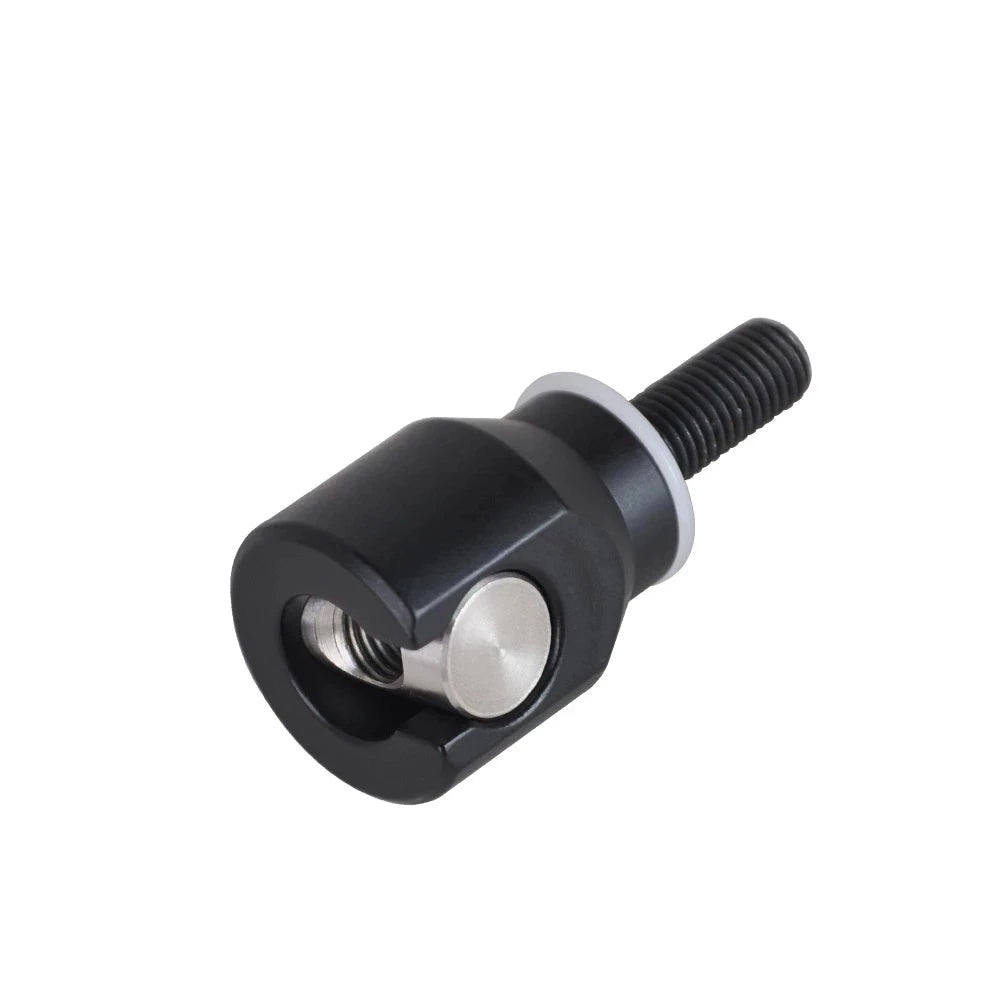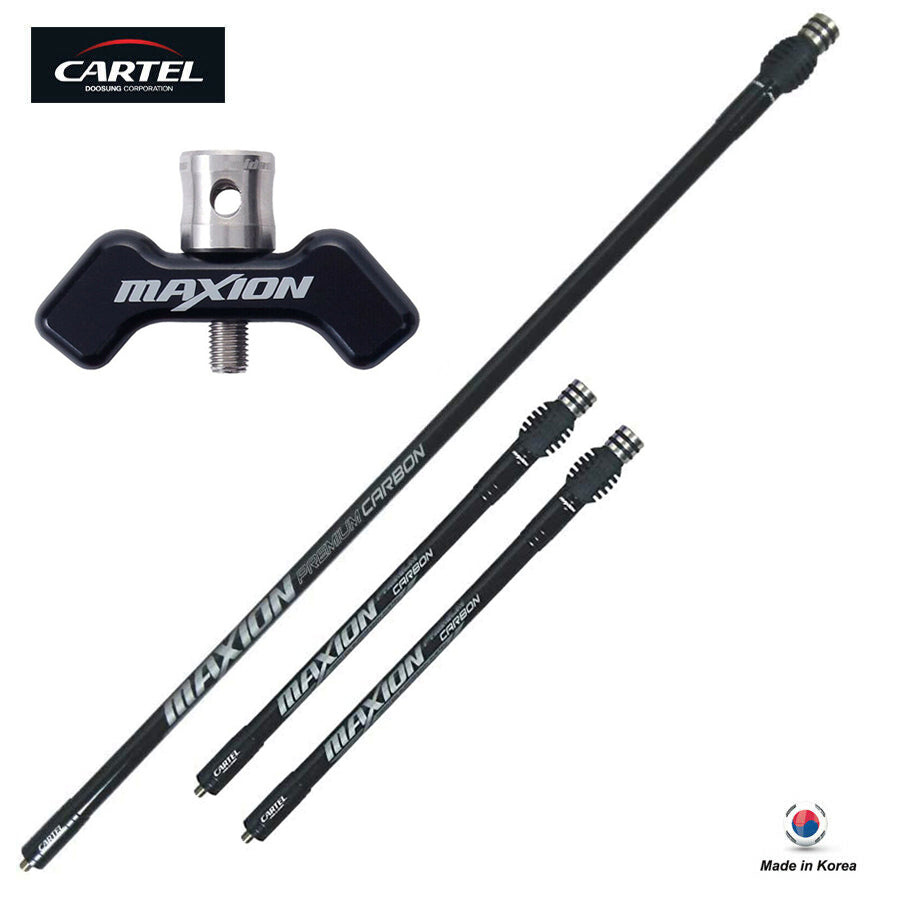Why Bow Stabilizers Issue: Boost Your Capturing Accuracy Today!
Optimize Your Archery Precision With These Bow Stabilizer Strategies
One vital aspect that can dramatically impact your performance is the proper usage of bow stabilizers. Whether you are an experienced archer looking to improve your skills or a beginner excited to enhance your precision, understanding these bow stabilizer techniques can be the key to striking your mark with unparalleled uniformity.
Benefits of Using Bow Stabilizers
Utilizing bow stabilizers can dramatically enhance an archer's accuracy and total performance by lessening bow torque and resonance. Bow torque, created by the unequal circulation of weight in the bow, can cause inconsistencies in shot positioning. By connecting a bow stabilizer, the weight is redistributed, minimizing the effects of torque and aiding the archer achieve an extra consistent shot. Additionally, bow stabilizers moisten vibration, which not only improves the comfort of capturing but additionally protects against the bow from leaping upon launch, hence assisting in preserving proper purpose.
Additionally, bow stabilizers can assist in holding the bow consistent, especially throughout gusty problems or when firing from longer ranges. The added weight at the front of the bow gives security and equilibrium, permitting the archer to concentrate on aiming without the interruption of bow motion. Overall, the advantages of making use of bow stabilizers extend past simply precision, enhancing the archer's experience and performance in various shooting circumstances.
Picking the Right Bow Stabilizer
Selecting the appropriate bow stabilizer is critical for enhancing your archery devices and boosting shooting efficiency. Larger stabilizers can help reduce bow torque and take in even more vibration, leading to a steadier goal.

Lastly, consider the layout of the stabilizer. Some stabilizers come with adjustable weights or dampeners that allow you to tailor the equilibrium and feel of your bow. Ultimately, choosing the right bow stabilizer includes discovering an equilibrium in between weight, design, size, and material to improve your capturing accuracy and general performance.
Correct Installation Strategies
To make certain ideal efficiency and safety in archery, grasping correct setup techniques for your bow stabilizer is crucial. The very first step in mounting a bow stabilizer is to recognize the proper placement on your bow.
Following, firmly affix the stabilizer to the bow making use of the suitable placing hardware. It is vital to tighten the stabilizer comfortably to protect against any type of tottering during shots. Some stabilizers Visit Website include flexible weights that can be included or eliminated to tweak the equilibrium of your bow. Trying out different weight configurations to find the optimal balance that suits your shooting design.

Readjusting Stabilizer Weight and Length
After guaranteeing the proper setup of your bow stabilizer, the following step entails adjusting the weight and length to optimize its efficiency in boosting archery precision. The weight of the stabilizer plays a vital role in lessening bow activity during the shot cycle.
A longer stabilizer can supply higher stability by raising the Read Full Report range in between the bow and the weight at the end of the stabilizer. On the other hand, a shorter stabilizer provides extra ability to move and may be favored by archers that value agility and quick movements during capturing.
Advanced Stabilizer Tuning Tips
Achieving ideal bow security and precision in archery demands a nuanced method to innovative stabilizer tuning. Advanced stabilizer adjusting includes fine-tuning numerous elements to enhance the bow's equilibrium, lower resonance, and enhance general accuracy.
One more important element of innovative stabilizer tuning is enhancing the damping residential or commercial properties of the stabilizer system. This can be achieved by incorporating added moistening accessories such as rubber dampeners or harmonic stabilizers to better minimize resonance and noise. Exploring different products for the stabilizer building and construction, such as carbon fiber or aluminum, can likewise affect the bow's efficiency by altering its weight distribution and stiffness. By meticulously tweak these sophisticated stabilizer aspects, archers can optimize their precision and consistency on the range or in competitors.
Conclusion
To conclude, maximizing archery precision can be attained through the correct selection, installation, and change of bow stabilizers. By comprehending the benefits of making use of stabilizers, picking the right one, and tweak its weight and length, archers can boost their capturing accuracy. Utilizing innovative tuning strategies can further boost stability and consistency in arrowhead trip. On the whole, integrating bow stabilizers right into archery method can result in enhanced efficiency and boosted precision.
Using bow stabilizers can considerably improve an archer's accuracy and total efficiency by reducing bow torque and vibration. Longer stabilizers provide greater stability and balance, especially for long-distance shooting, while shorter stabilizers provide even more adaptability and are much easier to maneuver in limited areas (bow stabilizer). Carbon fiber stabilizers are resilient and lightweight, while visit site aluminum stabilizers are durable and supply exceptional vibration dampening
A longer stabilizer can give higher security by increasing the distance in between the bow and the weight at the end of the stabilizer.Another vital aspect of advanced stabilizer tuning is maximizing the damping residential or commercial properties of the stabilizer system.